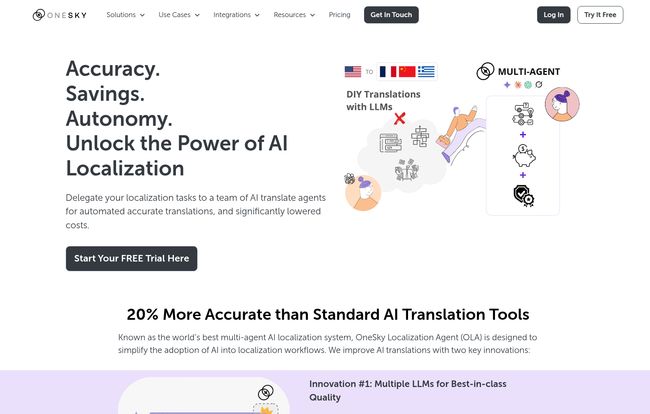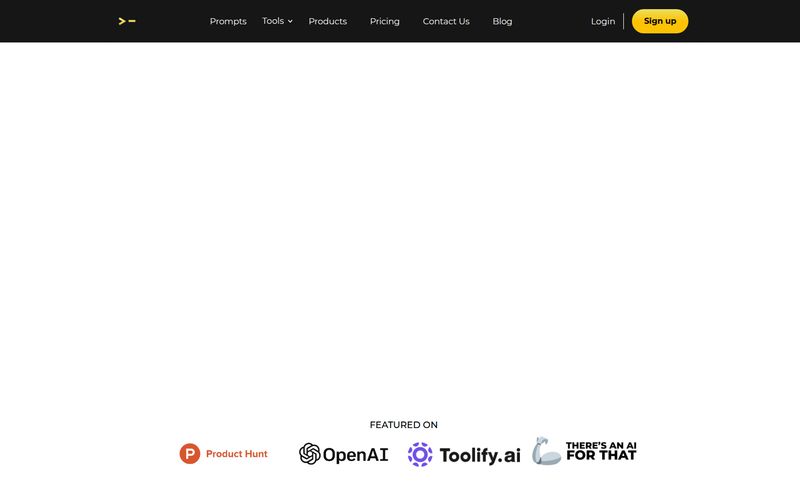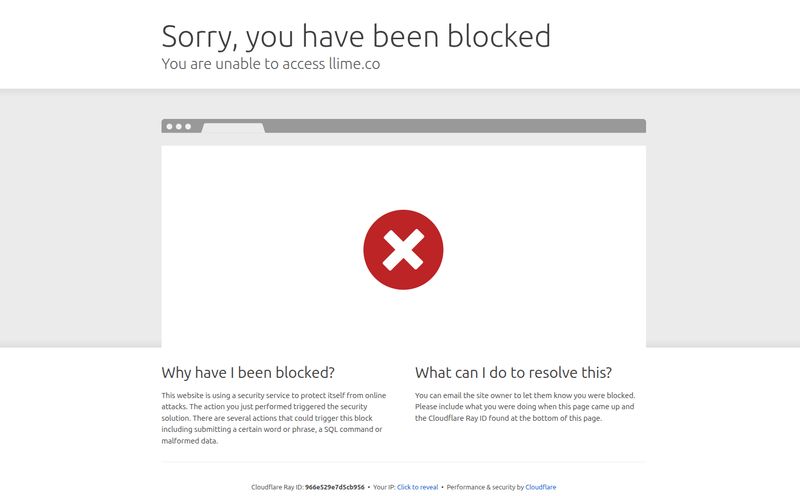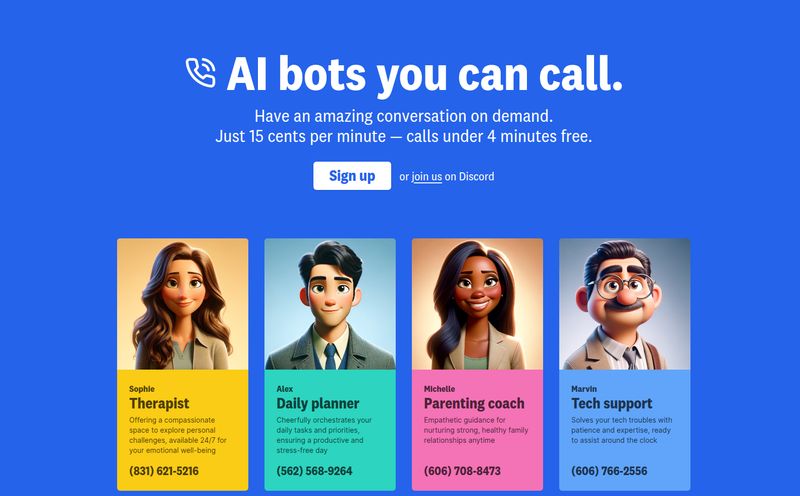I still get a cold sweat thinking about my first major app localization project. It was about ten years ago. We were a scrappy team with a hot new app, and the order came from on high: "Let's go global!" Easy to say, right? What followed was a logistical nightmare of a thousand spreadsheets, endless email chains with freelance translators in six different time zones, and a final product where the German call-to-action button text was... well, let's just say it was unflatteringly literal. We spent weeks cleaning it up. The cost overruns were painful.
Ever since then, I've been on a personal quest for a better way. I’ve watched machine translation evolve from a party trick (remember the early days of Google Translate?) to a genuinely useful tool. But for the nuanced, high-stakes copy in a user interface, it's always felt like something was missing. There’s a gap between technically correct and actually sounds right. So when I stumbled upon OneSky and their "Localization Agent" platform, my interest was more than just piqued. They weren't just talking about another AI model; they were talking about an AI team. And that, my friends, is a different conversation entirely.
So What Exactly is OneSky Localization Agent?
At its core, OneSky Localization Agent (or OLA, as they call it) is an AI-powered platform built specifically for the tricky business of translating software, apps, games, and other digital content. This isn't about pasting a blog post into a box. It's designed to live inside your development workflow, automating the painful parts and speeding up your time-to-market. The big promise? They claim to help you expand globally faster, for cheaper, and with shockingly good quality. A classic trifecta of promises we've all heard before. But it's the how that got my attention.
The "Multi-Agent" System is the Secret Sauce
Here’s where it gets interesting. Standard AI translation is like giving a document to a single, very smart, but very literal-minded intern. They'll translate it, but they might miss the cultural nuance, the brand voice, or the specific jargon of your industry. OneSky’s approach is different. They've built what they call a multi-agent AI system. Think of it less like hiring one intern and more like hiring a tiny, digital localization team for every task.
Their system models a real-world human workflow:
- The Translator Agent: This is your first pass, the initial heavy lifting of getting the words from Language A to Language B.
- The Reviewer Agent: This second agent comes in and checks the first agent's work for accuracy, grammar, and flow. It’s the sanity check.
- The Expert Agent: This is the specialist. It's trained on specific domains—like gaming, SaaS, or marketing—to make sure the terminology and tone are spot-on for the context. It’s the difference between translating “party” as a celebration and “party” as a group of adventurers in a role-playing game. A small but critical distinction!
This whole process is what allows them to make bold claims like being “20% more accurate than standard AI translation tools.” It’s a clever way to build checks and balances directly into the AI process itself, rather than relying on a human to catch everything afterward.

Visit OneSky Localization Agent
Does It Actually Work? Putting the Claims to the Test
Alright, so the theory is sound. But does the output hold up? OneSky claims their multi-agent AI can achieve 90% of the quality of a traditional human translation team, while saving up to 80% on costs. That’s a massive number. In my experience, the last 10% of quality is always the hardest and most expensive part to get.
The platform seems to acknowledge this reality by offering Human Post-Editing as an add-on service. And honestly, I see this as a strength, not a weakness. It shows a realistic understanding of AI's current limitations. For your most critical customer-facing copy—your app store description, your main call-to-action buttons, your branding slogans—you can bring in a human expert to give it that final polish and cultural sign-off. For the other 90% of your strings (error messages, settings labels, less-critical text), you can let the AI run wild and save a fortune. It’s about being smart with your budget.
Let's Talk Brass Tacks: Integrations and Workflow
A great translation is useless if it's a pain to get it into your product. This is where many localization efforts fall apart. The endless exporting and importing of JSON, XLIFF, or .strings files is a developer headache and a recipe for version control chaos. OneSky seems to get this. They've built out a suite of integrations and a developer hub to support continuous localization. The idea is to hook it up directly to your repository (like GitHub) so that when a developer pushes new text, it’s automatically sent for translation and can be pulled back in without manual intervention.
It's a beautiful vision. I will say, you need to look at the plans carefully. Some of the more powerful developer tools, like the Architect & CLI Tools, are reserved for the Pro and Enterprise plans. So if you're a single dev on the Starter plan, your workflow might still be a little more hands-on.
A Look at the OneSky Pricing Structure
Okay, the money question. The pricing is actually pretty transparent, which I appreciate. At the time of writing, they have a few main tiers:
The Starter plan is $29 a month. It's positioned for small teams and gives you 5,000 AI words per month, one team user, and up to 5 languages. It's a fantastic entry point for an indie developer or a startup testing a new market. You get access to great AI models like GPT and Claude, which is impressive for the price.
Then you have the Pro plan at $129 a month. This is for businesses that are serious about automation. The limits jump up to 25,000 AI words, 10 users, and 10 languages. This is also the plan where you unlock the more advanced integrations and developer tools. This feels like the sweet spot for a growing SaaS company.
Finally, there's the Enterprise plan with custom pricing for the big players who need massive word counts, tons of languages, and bespoke solutions.
Now, the important part: the AI Word Credits. All plans run on a monthly word allowance. If you go over, you need to buy additional word packages. For example, an extra 10,000 words will set you back about $70 a month. It's like a data plan for your phone—you just have to be mindful of your usage to avoid surprise bills. This is a common model for AI services, but it’s something to budget for if you have a wordy application.
The Good, The Bad, and The AI-Translated
So, lets boil it all down. What's the real verdict?
On the plus side, the speed and potential cost savings are undeniable. The ability to automate your localization workflow is a game-changer, freeing up developer time and getting your product to market faster. The multi-agent AI is a legitimately smart innovation that should, in theory, produce better, more context-aware translations than its competitors. It’s a slick, modern platform.
On the other hand, you have to go in with your eyes open. It's not a magic money-saving machine with no limits. The business model is built around AI word credits, and heavy users will need to purchase additional packages. The human touch—that final 10% of polish—is still an add-on with an additional cost. And some of the best workflow integrations are locked behind the more expensive Pro plan. Its a trade-off, as always.
Who is This Really For?
After digging through it, I have a pretty clear idea of who wins with OneSky.
- Indie Devs and Startups: The Starter plan is practically a gift. For a small team looking to translate their app into a few key languages, it’s a no-brainer. It lowers the barrier to global expansion dramatically.
- Growing SaaS Companies and Game Studios: The Pro plan is your territory. You have multiple projects, a growing team, and the pain of manual localization is starting to kill your velocity. The automation features here are worth the price of admission.
- Large Enterprises: You're going to be on the phone with their sales team crafting an Enterprise plan. You have the scale and budget to truly maximize the platform, likely combining the AI with their human post-editing services for a powerful, hybrid approach.
Frequently Asked Questions about OneSky AI
What does OLA stand for?
OLA stands for OneSky Localization Agent. It's the name of their AI-powered platform that uses a multi-agent system to translate digital content.
Can it handle complex game localization?
Yes, absolutely. Games are one of its core use cases. The multi-agent system, particularly the 'Expert Agent,' is designed to handle the specific jargon, character dialogue, and creative text found in gaming.
How does the AI word credit system work?
Think of it like a monthly mobile data allowance. Each pricing plan comes with a set number of 'AI words' you can translate. If you exceed that limit, you can purchase additional word packages to continue translating. Unused words from add-on packages can often roll over.
Is OneSky AI better than just using Google Translate or DeepL?
For professional use, yes. While tools like Google Translate are amazing for single sentences, OneSky is a complete workflow platform. Its key advantage is the multi-agent AI that reviews and refines translations for context, plus its ability to integrate directly into your development process and manage all your text strings in one place.
Is the human post-editing service worth the extra cost?
In my opinion, it depends on the text. For your most important, customer-facing copy (like marketing slogans or primary CTAs), it's a very smart investment for peace of mind. For less critical UI text or internal documents, the AI-only translation is likely more than good enough and far more cost-effective.
The Final Word on OneSky AI
So, is OneSky the silver bullet I was looking for all those years ago? It's probably the closest thing I've seen yet. It’s not a magic wand that eliminates the need for human thought, but it's a massive leap forward in how we approach localization. It reframes the problem from a manual, chaotic translation task into a streamlined, automated workflow.
The conversation is no longer about if AI can handle translation, but how we can best use it. The future of localization isn't about replacing humans with AI, but about creating powerful hybrid teams where AI does the heavy lifting and humans provide the final, critical layer of nuance and creativity. OneSky's platform feels like it was built from the ground up with that exact future in mind.



